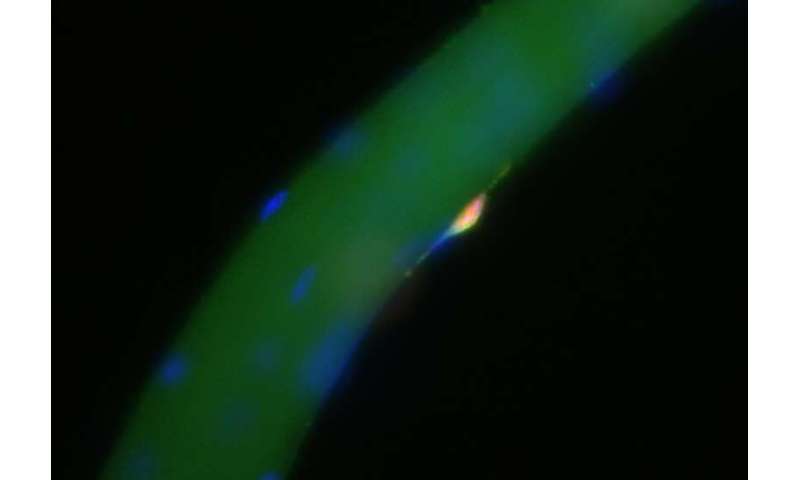Best of Last Week—Consequences of climate change, supplanting lithium ion in batteries, repairing damaged muscle

It was an eye-opening week for Earth science as an international team of climate researchers warned that the potential to end humanity is "dangerously underexplored." They note that unexpected consequences of climate change could result in the extermination of the human species. Also, some in the media have noted that the length of Earth's days has been increasing and scientists do not know why. The advent of atomic clocks has allowed scientists to measure the length of the time it takes planet Earth to spin one time with unprecedented accuracy, revealing the unexpected change. And a team at Yale found that a common weed might be a "super-plant" that holds the key to developing drought resistant crops.
In technology news, a group of engineers at the University of Glasgow unveiled what they described as a next-generation heat pump that could cut both energy bills and carbon emissions. Their design integrated a small tank of water and a coil of copper tubing to improve efficiency. Also, a combined team of researchers from Skoltech and Lomonosov Moscow State University developed a new material that they claim could supplant the more costly lithium used in batteries. The material incorporates a powder form of sodium-vanadium phosphate fluoride that has a unique crystal structure. Taking another approach, a team at Rensselaer Polytechnic Institute proposed a less expensive and more efficient means of battery energy storage, using calcium ions instead of lithium ions. And a team at Rutgers University announced that they had developed a new 3D printing process that is both faster and more precise than conventional methods. Called "multiplexed fused filament fabrication," their method involves the use of a single gantry to print parts simultaneously.
A team of researchers working at Nanchang University in China developed a cross-linked hydrogel activated by a green light catalyst that proved to be effective in whitening teeth without harming enamel. Also, a team of international researchers led by a group at Western University confirmed that the South American tsanta currently in the Chantham-Ken Museum in Ontario Canada, is in fact human. And finally, an international team of biomedical researchers found evidence showing that the naturally occurring compound hyaluronic acid can coax stem cells into repairing damaged muscles.
© 2022 Science X Network